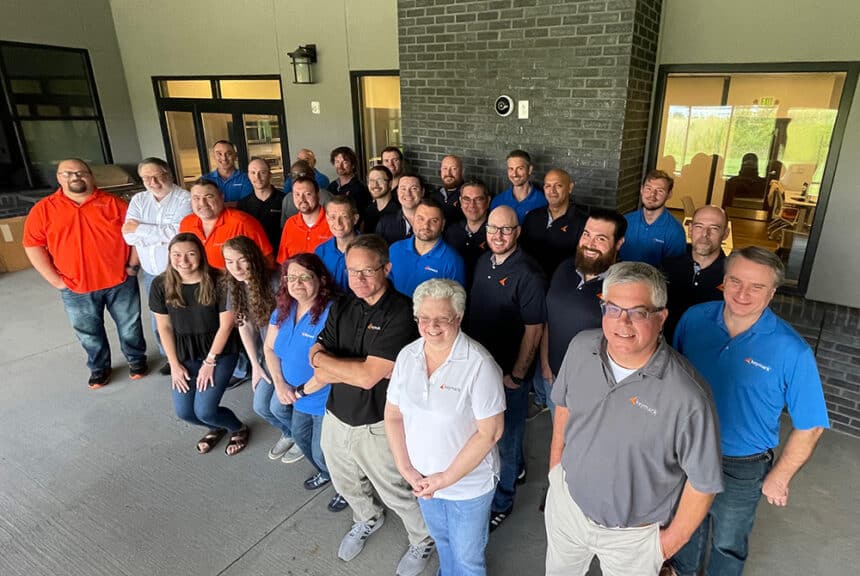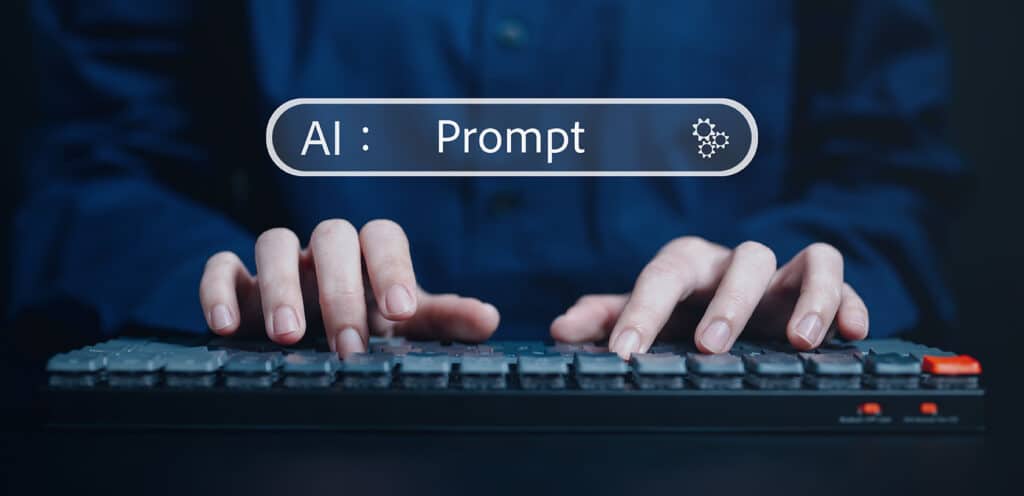Contact Tracing Will Require Case Management Software, Says the CDC
As the world begins to “re-open” in the midst of COVID-19, many are struggling to understand how best to address plans for contact tracing. Because the CDC is strongly recommending case management technology as part of a contact tracing solution, we wanted to put together a brief summary of what that means. We’ll also clarify the difference between “contact tracing” and “proximity tracking.”
The CDC Guidelines Recommend Case Management
First, for an unbiased review of the CDC’s recommendations, we encourage you to read the CDC’s report: “Case Investigation and Contact Tracing: Part of a Multipronged Approach to Fight the COVID-19 Pandemic.”
In addition to its endorsement of dynamic case management software as an important way to track and prevent the spread of the coronavirus, the CDC’s report also details recommendations on things like how an organization might choose a “case investigator,” which is outside of our realm of expertise. We’ll let you read about that in the link above.
As for case management, which KeyMark has been specializing in since 1996, it is the core of our automation software. Read more about that on our case management page. However, the quick summary is that:
Case management offers users the ability to electronically gather information, manage documents, build data relationships and provide a 360-degree view into the activity and history of a case throughout its lifetime.
In the earlier-referenced CDC report, the CDC states:
“Case investigation, contact tracing and contact follow-up, and monitoring will need to be linked with timely testing, clinical services, and agile data management systems to facilitate real-time electronic transmission of laboratory and case data for public health action. Technology partners are key in the modification of existing systems and the development of new user-friendly data interfaces to manage multiple data streams with seamless interoperability. Case management tools can help automate key pieces of the case investigation and contact tracing process, making the overall process more efficient. Ideally, data systems would also include automated reports to aid in monitoring progress and outcomes of case investigation and contact tracing.”
Case management, by its very nature, aids an organization in seamlessly connecting information across multiple systems. It then makes the information accessible to the right people and adds automation to tasks that might have previously been done manually.
Two Critical Components to Contact Tracing
Two recommended components of a contact tracing solution are:
- Case Investigation: The CDC strongly recommends that case investigation is something each organization take on, so that both an organization and public health staff can track, understand and inform individuals who might be at risk of contracting the virus. This should be conducted by a person with proper training and access to social and medical information for patients and contacts. The CDC details more about this on their site, and details of how to select your case investigator should be followed according to their recommendations.
- Contact Tracing: The warning of individuals who might potentially be impacted, while keeping the infected party anonymous. This also includes ongoing follow-up with the individuals to track symptoms and report on all the associated data.
These components are where KeyMark can help your organization. Our case management tools can be used to provide investigators with a single location in which to work with their data and understand relationships. Case management can also be used to enable investigators to assign work to contact tracers and to input information about daily tasks.
Contact Tracing vs. Proximity Tracking
As you build your solution, you should understand the difference between “contact tracing” and “proximity tracking.”
PROXIMITY TRACKING
Proximity tracking consists of mobile apps that utilize technologies like Bluetooth or GPS to track an individual’s location over time. It can then track exposure and identify others who have tested positive. This technology is supplemental to a contact tracing solution by providing data about possible contacts made by a person testing positive.
The proximity tracking initiative is being taken on by companies like Apple and Google, who are developing the functionality to allow third party applications to utilize the Bluetooth or GPS on individual phones to collect data.
Proximity tracking is heavily dependent on community-wide adoption. For example, if an individual doesn’t own a mobile device with Bluetooth capabilities or if they simply don’t want to allow an app to track their location, the overall solution is weakened. The solution needs everyone to buy-in so it can ping personal devices to develop its fluid network of cases and potential exposure.
Ultimately, proximity tracking is meant to be a complementary technology to contact tracing by providing contact data that otherwise may not be able to be gathered using manual techniques.
To be clear, proximity tracking is not a solution KeyMark offers or will be offering.
CONTACT TRACING
The CDC recommends that public health officials collect information on cases and contacts, following up with the affected contact(s) when necessary. Individuals can also self-report symptoms and contacts to a centralized database established by an academic institution, healthcare organization, public health agency or private company.
Automation aids the process by adding notifications and conducting follow-up, so an individual doesn’t have to do so manually.
Here is the CDC-proposed sequence of events in a contact tracing solution:
- Positive Test. Someone in a community or organization tests positive for COVID-19
- Case Investigated. A case investigator should be assigned by the organization to talk to the affected. Virtual collaboration tools like Livegenic should be considered in this case so that the case investigator can conduct the interview remotely. Individuals testing positive should begin isolation.
- Contacts Informed. The case investigator should be able to locate people with whom patients have been in close contact and notify them directly, while keeping the patient anonymous. Identifying contacts and ensuring they do not interact with others is perhaps the most critical piece of contact tracing to prevent the future spread of COVID-19.
- Data Reported. The case investigator may need to log and report the data, depending on their organization type. Data privacy is a key component in contact tracing, and a secure case management software is perfect to help an organization to remain compliant.
Dynamic case management software can easily handle the recommendations of the CDC, as it provides its users a 360-degree view of case information, in both a central and secure environment.
Contact Tracing in Summary
In summary, contact tracing is something that more and more organizations are being asked to implement right now. Perform a quick Google search for “contact tracing” and you’ll find many products being developed, but upon deeper inspection, many actually fall under the “proximity tracking” category. A proximity tracking tool doesn’t provide the case management aspect of an effective contact tracing solution. If you are considering implementing a contact tracing tool, ensure that you are reading the advice of the proper health officials and evaluating products that meet your actual need.
Of course, KeyMark exists to help our customers to become more efficient through automation. We want to be a partner that can help you to evaluate your needs and honestly recommend a proper solution. As you begin to document and understand what your contact tracing requirements will be, we are here to help you in whatever way we can. Call or email us today.
Take the Next Step
We can help you decide pretty quickly whether this would be a good fit for your organization. With 20+ years of experience in automation, we just need about 5 minutes of Q&A.



